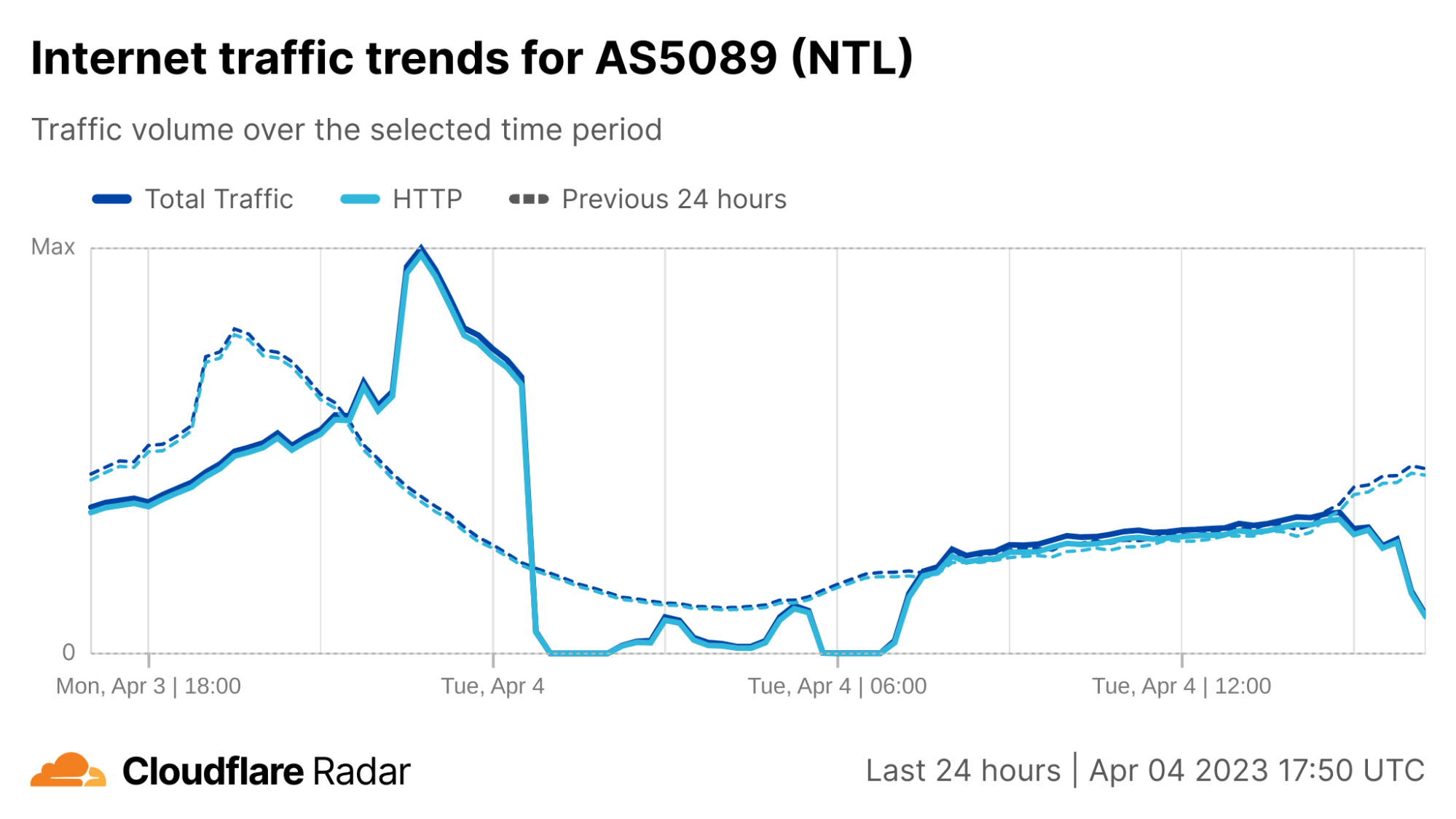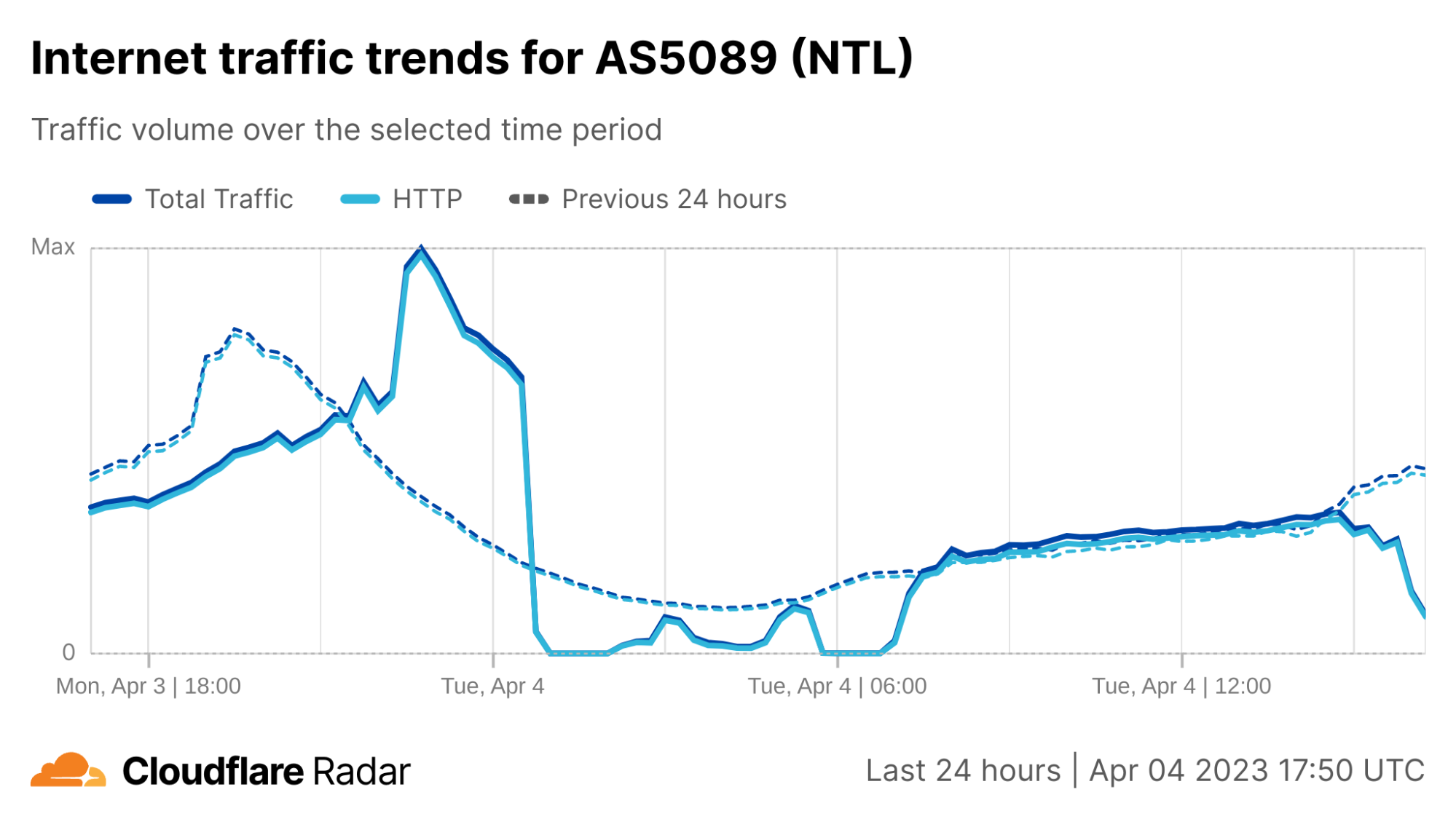Introducing Calico Runtime Threat Defense—The most extensive security coverage for containers and Kubernetes
Containerized applications are complex, which is why an effective container security strategy is difficult to design and execute. As digitalization continues to push applications and services to the cloud, bad actors’ attack techniques have also become more sophisticated, which further challenges container security solutions available on the market.
Despite the discussion around agent vs agentless in the cloud security landscape and which type of solution is better, the most valuable solution is one that provides a wide breadth of coverage. Calico is unique as it is already installed as part of the underlying platform and provides the dataplane for a Kubernetes cluster. When Calico Cloud or Calico Enterprise is deployed, security and observability capabilities can be enabled on top of these core components. We provide a simple plug-and-play active security solution that focuses on securing workloads and the Kubernetes platform with the least amount of complexity and configuration.
Runtime attack vectors
Cloud-native applications are susceptible to many attack vectors. We have broken them down to eight, as seen in the following illustration:

In previous blogs, we have explained how the use of vulnerability management, zero-trust workload security, and microsegmentation can help reduce the Continue reading





